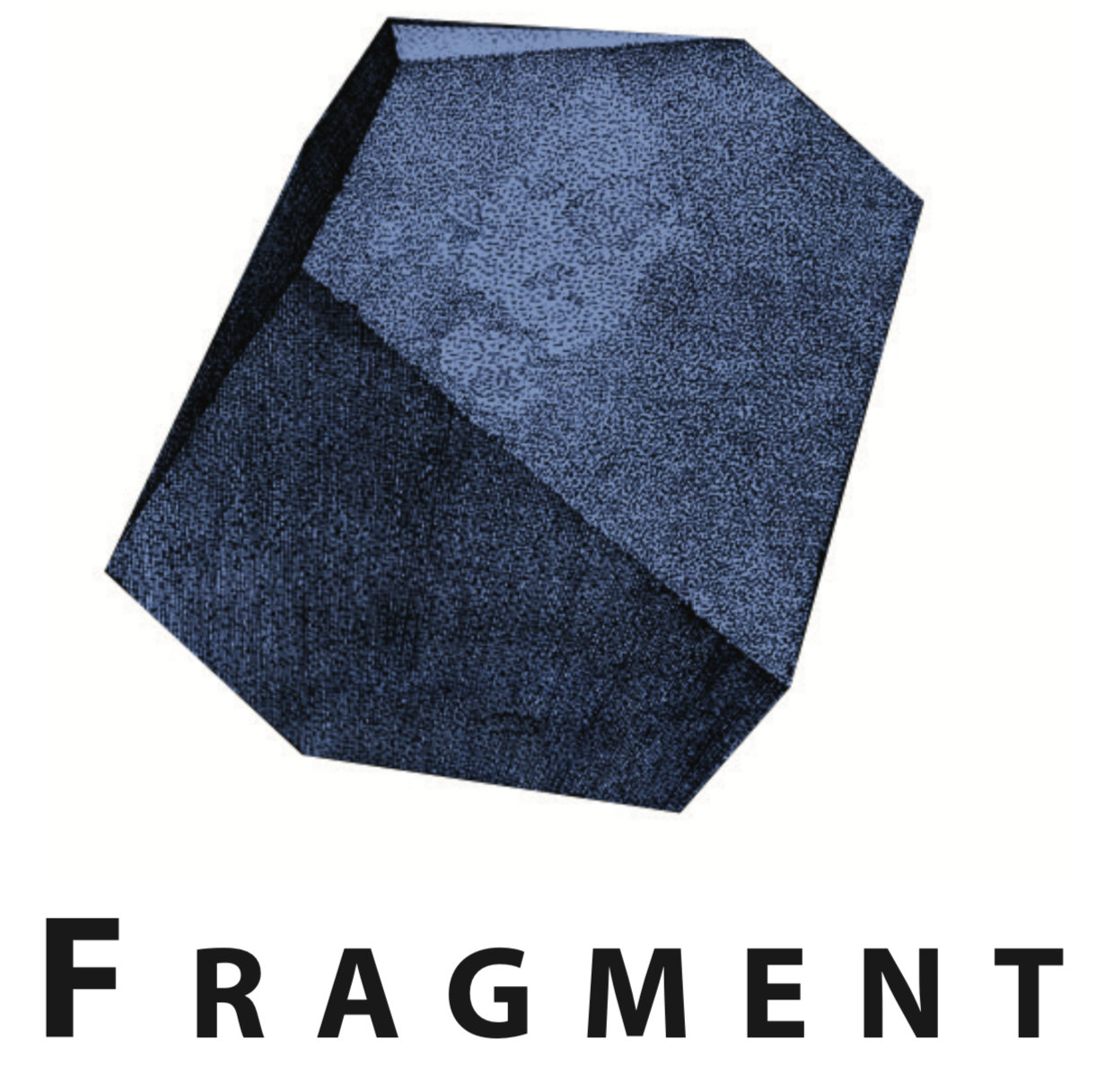fragment_en

Call for Papers: archimaera #10: FRAGMENT
(Lesen Sie den Call for Papers auf Deutsch)
The fragment - subject and witness of erosion at one and the same time – unfolds its auratic presence in the various art disciplines. The magnetic attraction of the fragmentary in the fields of art, literature and philosophy seems unbroken, at least since it was theoretically defined in early Romanticism. Relics, cracks, gaps or breaks give art a new expression; silenced voices, aborted gestures, unfinished verses in fragmentary writing, dissonances, alienations and distortions change the sound and expression of all forms of representation. The notion of the fragment embodies the radical gesture of liberating art from the idea of the aesthetically beautiful, harmonious and whole.
In architecture, fragments first appear in the motif of the spoglia, the vestigium or the ruin. Here they are silent witnesses of change, decay and upheaval. From the image of the broken form (the insignium of the fragment) to the fragmentary as a quality of the spatial order, the fragment becomes an instrument of critique, oscillating between image and concept. As such, it questions the legitimacy and authority of established architectural categories, such as symmetry, proportion and harmony. Thinking on the fragmentary is reflexive, critical and complementary to universalist narratives.
The concept of the fragment emerged from an economic, social and political crisis in late eighteenth-century Germany – more precisely in Jena, the centre of philosophical debate in early Romanticism. During this phase, postulated as the „crisis of the history of modernity“ (Phillipe Lacoue-Labarthe and Jean-Luc Nancy, 1978), intellectuals used the idea of the fragment as an instrument of cultural-historical reflection and criticism – a function that to this day is essential to the concept. Today, when myriad crises are being addressed politically, socially and artistically, the interest in the fragment expresses our urge to regain it as a resonant tool of reflection.
For the upcoming issue of archimaera, the editorial board invites you to engage with the thematic field of the fragmentary in architecture. The problem of a direct analogy between image and meaning in the sense of a social conditio understood as fragmentary, could validate the relevance of the discourse of the fragmentary. Is the fragment in architecture merely a visual or also a spatial phenomenon? Which theoretical narratives or cultural-social phenomena are latent or manifest in spatial arrangements of a fragmentary rank? How does the concept of the fragment behave as an instrument of critique in architecture? Which functions do discourses on the fragmentary assume in the fields of historical preservation and cultural heritage or in the field of archaeology? How do these discourses relate to the presence and significance of cultural heritage?
It has been claimed that the discursive potential of the fragmentary is exhausted. However, this is challenged by the apparent perpetuation of the phenomenon. We are dedicating the tenth issue of archimaera to the question of the topicality of the fragmentary in architecture. We therefore invite you to present and discuss subject-specific and interdisciplinary approaches to the concept of the fragmentary in architecture. Proposals should focus on the validity, scope and manifestations of this concept. In addition to scholarly papers, we would also like to encourage artists and practising architects to submit documentations of their work with fragments.
Call for Papers as PDF (german/english)
Please send your proposals as an exposé of max. 2.500 characters or as a sample of work by 30 April 2021 to archimaera # 10:
The editorial board will evaluate submitted proposals until 31 May 2021. Accepted exposés have to be submitted as full papers until 31 August 2021.
Please follow our guidelines for contributors.
Dates:
30 April 2021 (Exposés)
31 August 2021 (Full Papers)

